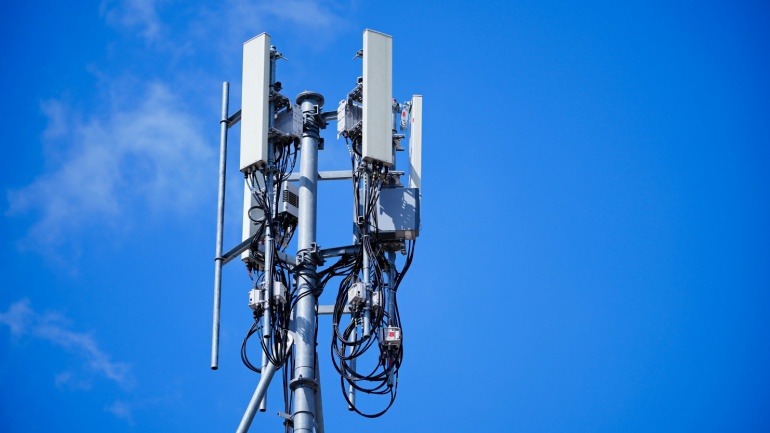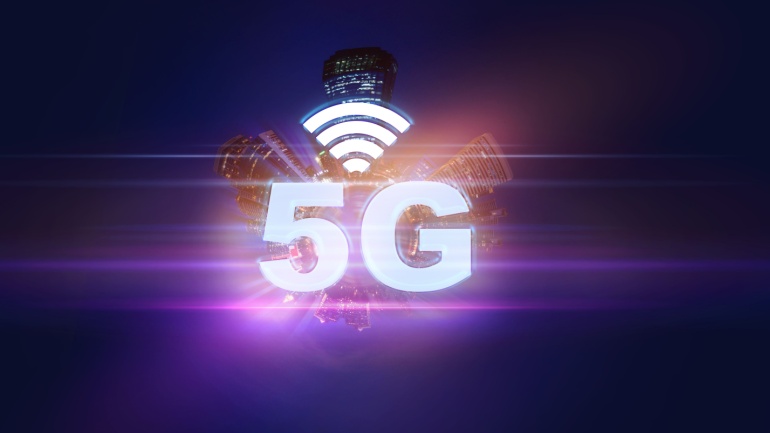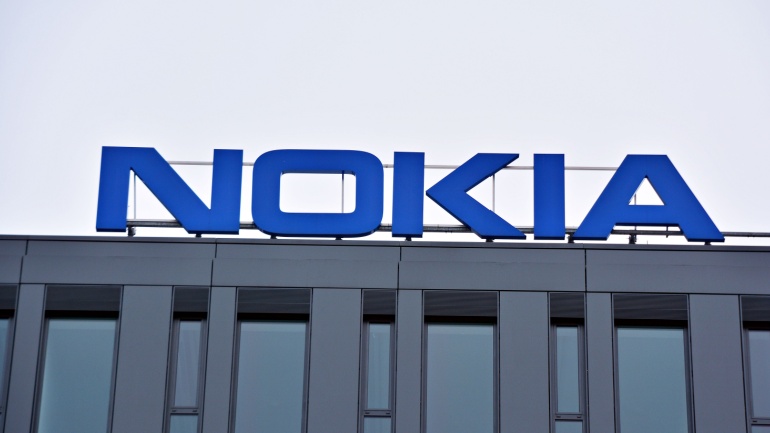Telness Tech expands into the U.S., partnering with T-Mobile to empower MVNOs through automation and 5G connectivity. CEO Martina Klingvall calls it a milestone in global expansion, enhancing flexibility and scalability for operators.
Vodafone UK and Ericsson have successfully harnessed innovative sleep mode technology to cut energy consumption at 5G and 4G sites. This eco-friendly approach lowers costs and carbon emissions by powering down during low-demand periods.
Nokia has successfully delivered essential 5G equipment to Vodafone Idea, supporting its mid-March rollout in Mumbai, followed by Delhi, Bengaluru, and more. The partnership includes over 60,000 tech sites and advanced AirScale solutions for improved efficiency.
Virgin Media O2 has announced a £700 million investment to enhance its 4G and 5G networks by 2025. This move is part of its expansive Mobile Transformation Plan, crucial for accommodating the surge in mobile data usage.
Semtech Corporation has launched advanced 5G initiatives, featuring the EM9492 and EM9295 modules powered by Qualcomm technology. The EM9492 enhances high-end IoT devices, while the EM9295 balances cost and performance for wider 5G adoption.
O2 Telefónica Germany strengthens its 5G network capabilities by partnering with Amazon Web Services (AWS). This collaboration enhances its standalone 5G core, utilizing AWS Outposts to efficiently handle network-intensive workloads.
ZTE Corporation, alongside China Mobile, launched innovative AI-driven 5G-A solutions at MWC 2025. These advancements in 5G-A technology, including ‘Communication-Sensing-Computing-Intelligence’ and ‘Ambient IoT,’ promise groundbreaking transformations in industrial applications.
Rakuten Mobile is making waves with its groundbreaking collaboration with Fujitsu to accelerate 5G network expansion in Japan. By incorporating Fujitsu’s energy-efficient 44R21 radio units, Rakuten Mobile is poised to enhance Sub6 network coverage quickly.
Nokia’s partnership with Carrix to deploy Digital Automation Cloud (DAC) private 4G and 5G networks across US container terminals, including Jacksonville, Long Beach, Oakland, and Seattle, aims to enhance operational efficiency and digital capabilities.
Boost Mobile has integrated Nokia’s cloud-native 5G Voice Core to enhance automation and efficiency in its Open RAN network. This move consolidates IMS voice functions, cutting infrastructure costs by 70% and improving energy efficiency by up to 20%.













